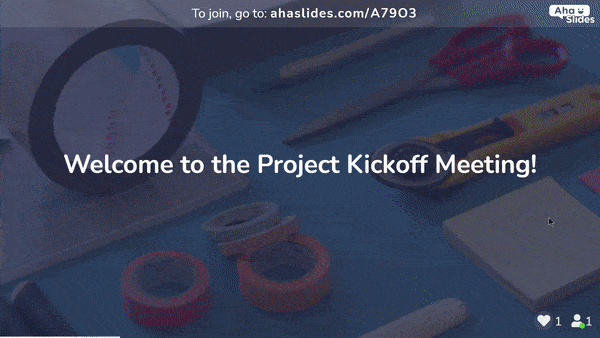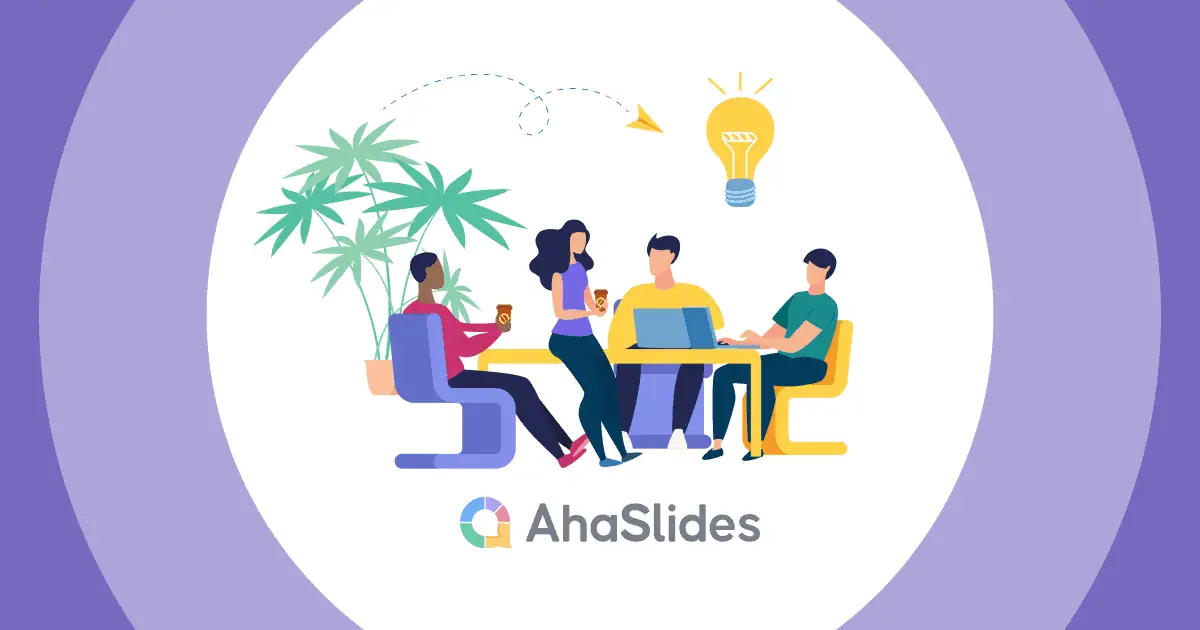尋找 衝突解決策略 在職場上?職場分歧就像早上喝咖啡一樣常見。無論是性格衝突,或是專案方向的分歧,職場衝突都可能迅速失控。
但別怕!在這篇文章中,我們將探討6種簡單有效的衝突解決策略,幫助您輕鬆應付衝突,開啟健康的工作生活。
目錄
工作場所技巧和解決方案
什麼是衝突解決策略?
衝突解決策略是用於建設性地、和平地處理和解決分歧、爭議或衝突的方法和技術。 這些策略旨在找到滿足各方利益或需求的解決方案,促進合作並在各種環境(包括工作場所)中保持積極的關係。
工作上發生衝突的原因是什麼?
以下是工作中衝突的一些常見原因:
溝通不暢
當人們無法有效溝通時,就容易引發誤解、怨恨和衝突。造成這種情況的原因有很多,例如傾聽能力差、指示不明確以及缺乏透明度。
角色和責任不明確
當人們不知道誰負責什麼時,就會導致混亂、重複勞動和衝突。缺乏明確的職責描述、授權不當以及缺乏問責制都可能導致這種情況。
缺乏資源
當沒有足夠的資源可供使用時,可能會導致競爭、嫉妒和衝突。 這可能是由預算削減、規劃不善和缺乏資源等因素造成的。

性格不合
有些人就是無法好好融合在一起。 即使不存在其他根本原因,這也可能導致衝突。
壓力和倦怠
高度的壓力和倦怠會導致情緒高漲,對差異的容忍度降低,從而增加衝突的可能性。 面臨過多工作量或不切實際期望的個人可能會更容易發生糾紛。
有毒的工作環境
有毒的工作環境的特徵是八卦、負面情緒和缺乏信任,導致高度衝突和人員流動。
6 有效的衝突解決策略
有效管理工作場所衝突對於維持健康和高效的工作環境至關重要。 以下是一些可以在工作中應用的實用衝突解決策略:

#1 – 積極傾聽他人,了解他們的觀點和感受
積極傾聽有助於更深入地理解多元化觀點,促進同理心和建設性溝通。關注他人的觀點,有助於營造更具協作性和包容性的工作環境。
- 示例: 在團隊會議期間,有意識地認真傾聽同事的發言。 避免打斷並提出澄清問題,以確保您完全理解他們的觀點。
相關新聞: 工作中的積極傾聽技巧| +4 職場成功秘訣
#2 – 運用同理心建構策略
想像一下,你注意到你的同事亞歷克斯明顯感到沮喪和壓力,並且錯過了你的最後期限。 您決定應用建立同理心的策略,而不是做出假設。
- 辨識情緒暗示: 注意非語言暗示,如肢體語言、臉部表情和語氣。 留意是否有頻繁嘆息、避免目光接觸或表現出緊張等跡象。
- 花點時間反思: 在做出反應之前,先反思一下觀察到的行為。想想除了當前情況之外,其他因素也可能是導致亞歷克斯沮喪的原因。
- 設身處地為他們著想: 想像一下亞歷克斯的處境。想想他們在職業和個人生活中可能面臨的挑戰或壓力。
- 開啟支援性對話: 體貼地對待亞歷克斯。你可以這樣說:「我注意到你最近有點沮喪。一切都好嗎?或有什麼我可以幫忙的嗎?」這能鼓勵亞歷克斯分享他們的擔憂。
- 帶著同理心傾聽: 當亞歷克斯表達感受時,積極傾聽,不要打斷。 真誠地關心理解他們的觀點。 反思你所聽到的內容以確認你的理解。
- 共同探索解決方案: 如果合適,可以嘗試合作尋找解決方案。例如,問問自己:“我們可以怎樣合作,讓你更容易掌控局面?”
#3 – 尋求共同點,為解決問題奠定基礎
確定共同的興趣或目標,找到共同點並為解決問題奠定基礎。
如果您和團隊成員在專案優先順序上有分歧,請專注於專案成功的整體目標。 強調共同目標並共同努力找到妥協方案。
- 發起對話: 與您的團隊成員安排一次會議,討論相互衝突的優先事項。 積極地建構對話,表達對專案成功的共同承諾。
- 突顯共同目標: 強調你們倆正在努力實現的共同目標。 例如,專案的成功可能涉及按時完成、滿足客戶要求或確保高品質的交付成果。
- 確定個人的關切: 讓每個人表達他們的擔憂和優先事項。 承認每個觀點的有效性,同時保持對專案成功的共同目標的關注。
- 探索妥協: 一起集思廣益,找到兼顧這兩個優先事項的折衷點。 討論如何在不影響專案整體成功的情況下進行調整。
- 創造統一計畫: 制定一個整合雙方優先事項的統一計畫。 這可能涉及與共同目標一致的修訂專案時間表、資源分配或任務分配。
- 文件協定: 清楚記錄商定的妥協和調整。 確保雙方在變更以及變更如何促進專案成功方面達成共識。
#4 – 承認你可能會加劇衝突
承認您可能會加劇衝突,並為您在這種情況下所扮演的角色承擔責任。
- 自我反思: 退後一步並進行誠實的自我反省。 考慮一下導致衝突的行為、言語和決定。 問問自己,你的任何行為是否可能導致了當前的情況。
- 接受缺陷: 承認每個人都會在某些時候犯錯或引發衝突。 接受這樣的想法:承認自己在問題中所扮演的角色是邁向解決問題和個人成長的積極一步。
- 開放式溝通: 表達您願意承認您對問題的貢獻並討論共同推進的方法。
- 避免防禦: 抵制防禦性的衝動或將責任完全歸咎於他人。 相反,應該專注於為自己的行為及其對衝突的影響承擔責任。
- 必要時道歉: 如果你的行為直接傷害了他人或激化了矛盾,請真誠地道歉。
- 致力於改變: 透過概述您將採取的具體步驟來表明您對變革的承諾,以避免將來造成類似的衝突。

相關新聞: 幫助您在生活和工作中取得成功的 4 個妥協範例
#5 – 將焦點從指責轉移到尋找對雙方都有利的解決方案
衝突發生時,切勿責怪他人或糾結於過去的錯誤。這會阻礙事態發展。相反,要承認衝突的存在,並專注於尋找解決方案。不要追究責任,要努力解決問題。
- 開放式溝通: 營造開放、透明的溝通環境。 鼓勵所有相關方表達他們的觀點、擔憂和潛在的解決方案,而不必擔心遭到報復。
- 集思廣益解決方案: 參與協作腦力激盪會議以產生各種潛在的解決方案。
- 優先合作: 強調在整個解決過程中合作的重要性。強調目標不是「贏得」爭論,而是達成雙方都同意、互惠互利的解決方案。
#6 – 知道何時讓其他人參與
如果衝突仍然存在,請考慮讓經理、人力資源部或中立的第三方尋求協助。
- 內部資源評估: 您可以確定是否有內部機制(例如人力資源部門或指定的衝突解決團隊)可以有效解決衝突的具體性質。
- 認識個人局限性: 承認自己在獨立解決衝突上的限制。 如果你的努力陷入僵局,或者如果你感覺無法處理複雜的情況,那麼讓其他人參與就成為一個策略決策。
- 中立性的考慮: 讓中立的第三方(例如調解員或人力資源代表)參與進來,可以幫助確保公正的觀點並促進公平的解決過程。
- 開放式溝通: 向衝突各方傳達您讓其他人參與的意圖。 對尋求外部援助的原因保持透明,並強調找到公平且雙方都同意的解決方案的目標。
關鍵要點
同樣重要的是要記住,衝突並不總是壞事。 事實上,它可以是識別和解決問題的健康方式。 希望我們的 6 項有效衝突解決策略能將衝突轉化為正向改變的催化劑。

啊哈幻燈片 當我們努力實現今年的目標時,它會非常有幫助。 和 互動功能 和 模板庫AhaSlides 讓團隊合作變得輕而易舉。透過鼓勵開放式溝通與協作,AhaSlides 不僅幫助團隊克服挑戰,還能在積極向上、解決問題的氛圍中蓬勃發展。
關於的常見問題衝突解決策略
解決衝突的4個基本策略是什麼?
積極傾聽他人的意見,了解他們的觀點和感受,(2) 採取建立同理心的策略,(3) 尋求共同點,為解決問題奠定基礎,(4) 承認您可能會助長衝突
解決角色衝突的5種方法是什麼?
根據托馬斯-基爾曼模型,工作場所通常採用五種衝突解決策略,即迴避、競爭、妥協、遷就和協作。









